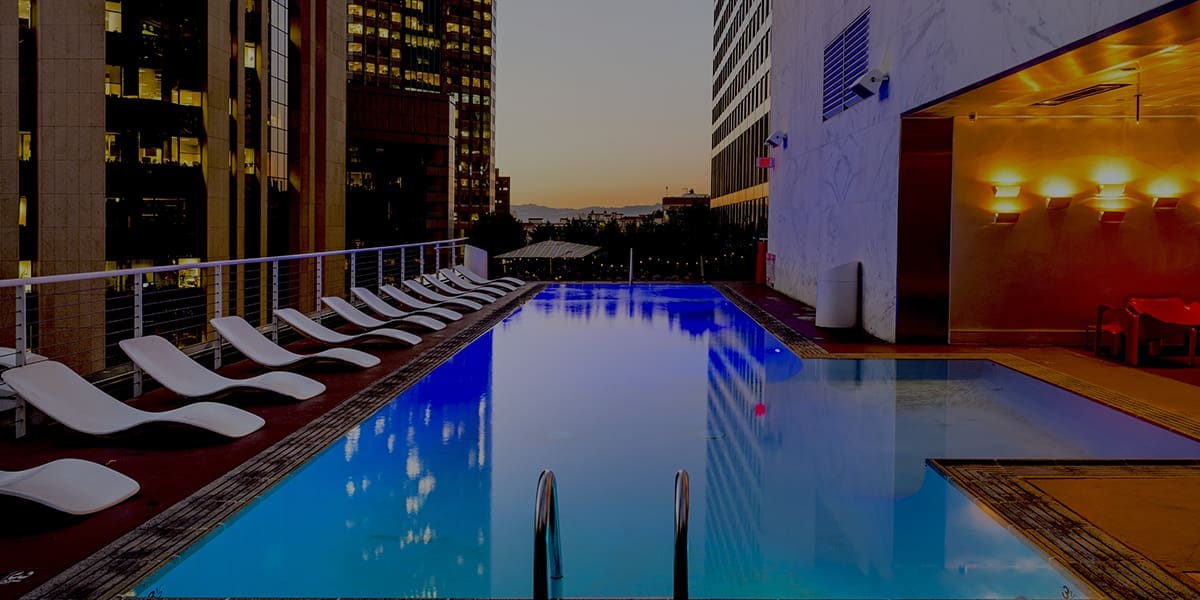
Thursday Night Soup.It’s a recipe with working-class roots. When blue-collar workers, typically paid on Friday, would struggle to feed their families on Thursday night, it was common to simply make a soup from whatever leftovers could be found.The dish is a lesson in making the most of one’s assets. In the digital era, one of a brand’s most valuable assets is its content.Hotel marketing teams spend a great deal of time crafting original content, and with good reason. A strong content marketing strategy is proven to boost SEO, spur engagement and, ultimately, drive direct bookings.Many hotel teams already have something of an organic flow with their content; long-form blog posts are abbreviated and shared via social channels, maybe adapted for marketing materials, but too often that’s where the momentum ends.With so much time is spent in the kitchen, it only makes sense to maximize the value of original content and avoid waste in your content strategy.Ready to get cookin’? Here are four recipes for repurposing your best content.
Feature “Best Of” Posts
Drafting a “best of” style blog post affords an opportunity to cycle some of your best-performing content back into rotation.It’s easy to end the calendar year with a “Top Stories from 2018” type of post, showcasing your most-read posts from the year with a fresh introduction and closing, but you don’t need to wait twelve months to resurface with your best posts.On the anniversary of your state/city/town’s founding, feature posts you’ve written about area activities and the unique things that make your locale great. On Earth Day, highlight previous posts about the property’s environmentally sensitive directives.You can find inspiration in your social feeds as well. Once a year, draft a blog post that features your most-liked Instagram images or top tweets.
Intertwine Internal Links
When drafting fresh content, don’t forget about the content that came before.Weaving relevant internal links (links that jump to other pages on your website) into your posts is an SEO best practice, and a proven strategy to increase the duration users spend on your website and lower bounce rates (how quick a visitor leaves a site).Never list local attractions without linking to your blog posts that have outlined exactly what those attractions are, why you should visit, and just how to get there.
#Throwback on Thursdays
You’re probably already acquainted with the #TBT movement. The sharing of old photos on Thursdays with a “Throwback Thursday” hashtag has been popular for several years, but #TBT posts don’t have to be all awkward hairstyles and questionable fashion choices.Hotel brands have made “throwback” posts their own by revisiting images from property milestones and posting historic photos. Other winning ideas include publishing archiva’ photos from the property’s immediate area or nearby points of interest.The trend thrives on visuals-first platforms such as Instagram, but translates across most social channels. Note, there are some unwritten rules when it comes to sharing “throwback” content. No matter how many classic shots you have, don’t photo dump. Share a single image each time. The shots should be genuinely dated as well. The spirit of #TBT is showcasing the passage of time in years, not weeks.
Syndicate and Share
Sharing your posts via your brand’s social channels is an only a first step. Consider syndicating via a channel that compliments your brand, such as Outbrain or Medium. Think about actively sharing links on relevant discussion boards, such as a travel forum on Reddit. Management and ownership should be encouraged to share relevant property posts in professional circles, such as LinkedIn.Not only are these savvy ways to reach new audiences, creating backlinks to your blog will increase your ranking with Google.Keep in mind that not every post is a fit for every channel. Be sure to share relevant copy to the appropriate crowd, and tailor any opening copy for the audience.
Did you enjoy the read?
Get original hospitality industry insights delivered to your inbox. Sign up to receive Screen Pilot’s #TrendingNow Newsletter.






